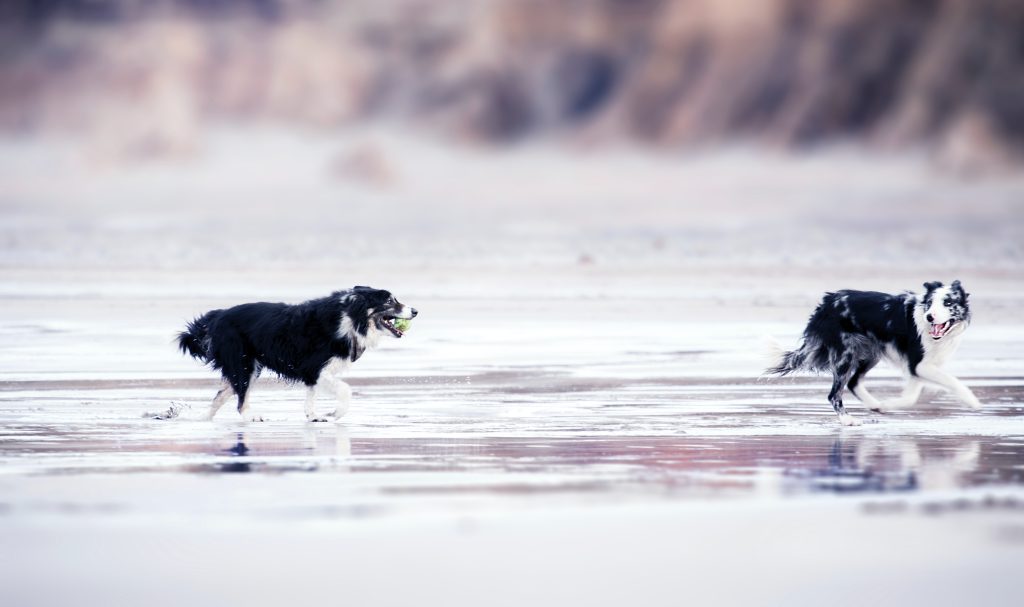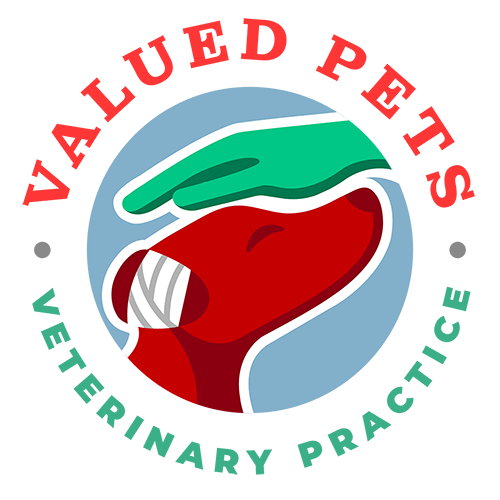Dogs
firework fear
Fireworks are the most common sound phobia, at least 52% of dogs and 34% of cats are reported to be afraid of fireworks. Animals hearing is far superior to ours, our range is about 20 feet, theirs is 80 feet. As humans we understand what the noise is, but for our pets, fireworks are completely random, they don’t understand what they are, or where they are coming from.
puppy socialising & Training
Socialisation is a process that exposes your puppy to as many different experiences of the world as possible.
It is important to really work hard to socialise your puppy, between the age of 3 & 12 weeks this time period is the most important, as this is the time when puppies approach situations without worry.
As of January 2025 we are so proud to have gained the Puppy Friendly Accreditation.
This means that when your puppy joins the Valued Pets Family, not only do you get a great experience and the best advice, you also have access to hours of online puppy training, completely FREE.
Courses include – Crate training, toilet training, socialisation, mouthing and play biting, child safety, introducing a crate, sleeping through the night, & day & night routines
- You will be given an online code on your first appointment.
OsteoArthritis
Osteoarthritis affects 80% of dogs over the age of 8 years of age, but it can strike at any age just like in humans. Osteoarthritis is a painful condition, if left untreated the pain can become worse over time, the most common affected areas are the hips and elbows. Also it does not remain confined to the affected joints, due to the other regions of the body essentially carrying more load to compensate for the off loading on the effected area. The most common signs of osteoarthritis are, slow to rise after resting, feeling stiff, difficulty with stairs, and or jumping, lagging behind on walks, and limping after exercise. Dogs are exceptional at hiding pain and discomfort as their wild ancestors would not show vulnerability, as they would be seen as weak or an easy target to predators, this had carried through to the domestic dog, and unfortunately we do not often see the signs until the pain is in its Chronic stage
Weight management is essential, as the more weight the dog has to to carry, the more strain on the joints., and fat contains inflammatory mediators which aggravates osteoarthritis and exacerbates the pain.
Adaptations at home are always a great help, most people believe that because a dog has 4 limbs then it will be fine, but if a dog is not using the affected limb or limbs as much then we do see a deterioration of muscle mass, strength, balance, and agility, also it puts a strain on the other limbs due to the over compensation.
Changing their environment even slightly will greatly improve the dogs comfort levels, it can slow the progression of the disease, and reduce the risk of injury, being aware of the risks that surrounds them is essential.
We can do things like making slippery floors non slippery with mats, making ramps for getting in and out of the car, raising food bowls, simple changes can make the world of difference.
Dogs do not have the ability of foresight, so they might over do the play and regret it later, so we need to be mindful of when and how and for how long they exercise. Exercise is good but in moderation, and knowing what your pet can do, or things to avoid does need to be addressed to help them lead a happy life.
There are supplements that are also beneficial for joint health, and also diets that contain joint supplements and also aids with weight loss, there are so many things we can do to improve our best friends lives and help them manage osteoarthritis, why not give our team a call.



